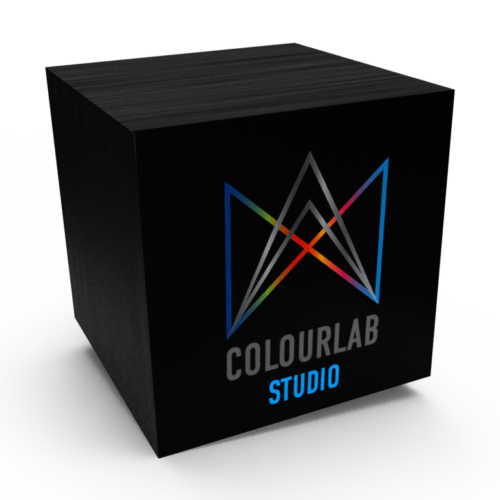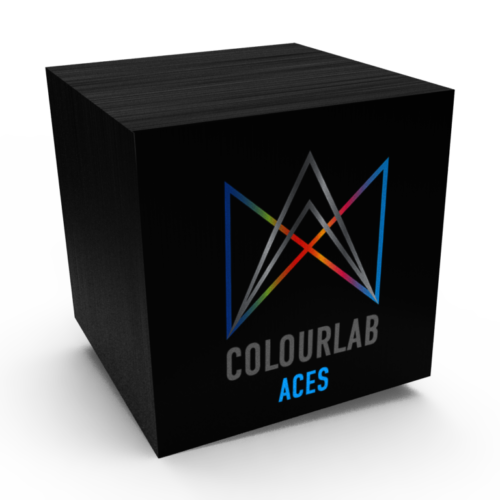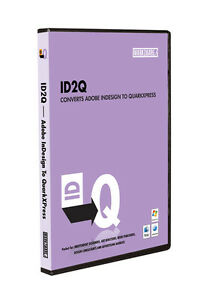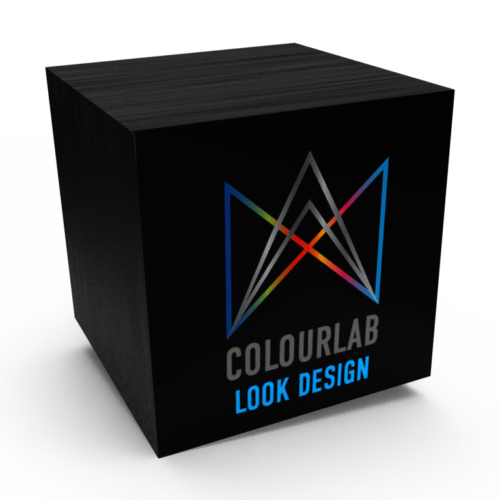Figma is a web-based design and prototyping tool that enables collaboration between designers, developers, and other stakeholders in the design process. It is known for its powerful features that streamline the design workflow and facilitate real-time collaboration.
Key Features of Figma:
Vector Graphics Editing: Figma allows users to create and edit vector graphics, making it ideal for designing user interfaces, icons, and other graphical elements.
Prototyping: Users can create interactive prototypes with transitions and animations to simulate the user experience.
Collaboration: Figma enables real-time collaboration, allowing multiple users to work on the same design file simultaneously.
Component Libraries: Users can create reusable design components and libraries, making it easy to maintain consistency across designs.
Design Systems: Figma supports the creation of design systems, which are collections of reusable components, styles, and guidelines for designing products.
Plugins: Figma has a wide range of plugins that extend its functionality, allowing users to integrate with other tools and automate repetitive tasks.
Version History: Figma keeps track of version history, allowing users to review and revert to previous versions of a design.
Cross-Platform: Figma is available on the web, as well as on macOS, Windows, and Linux, making it accessible to users on different platforms.
Figma is widely used in the design industry for its ease of use, powerful features, and collaborative capabilities. It is suitable for designers and teams looking for a modern, cloud-based design tool that supports seamless collaboration and prototyping




















